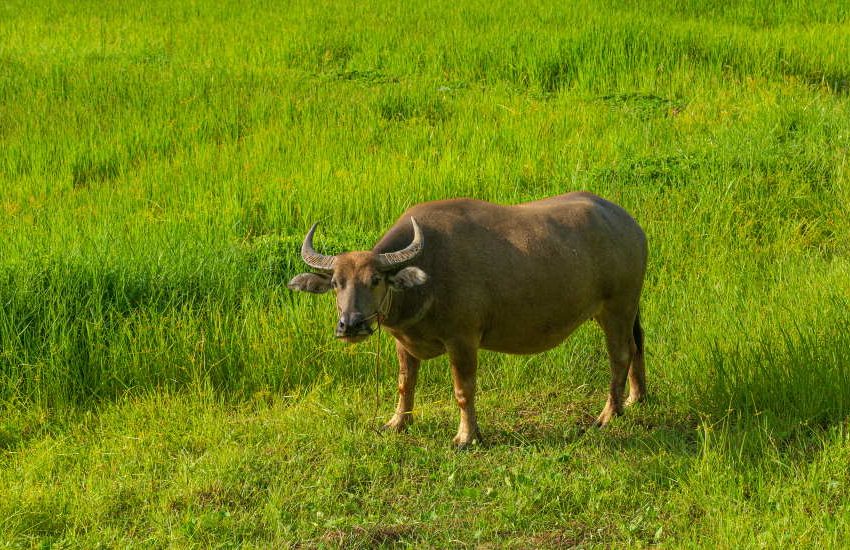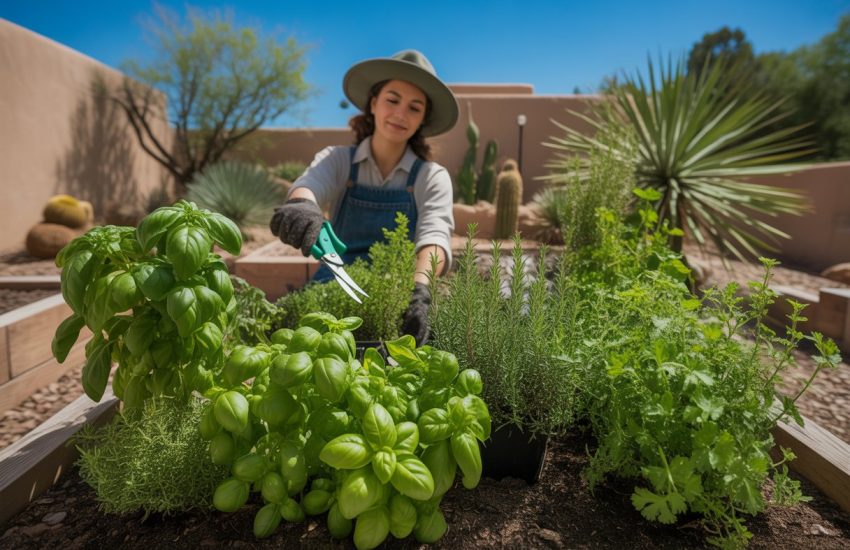Best Perennials for Front Yards to Enhance Curb Appeal and Low Maintenance Gardening
Picking out the best perennial plants for your front yard is a smart way to get lasting beauty and boost curb appeal. Perennials come back year after year, so you spend less time fussing and more time enjoying the view.
Go for hardy, low-maintenance perennials that match your local climate—it’s the easiest way to keep things looking vibrant without a ton of work.
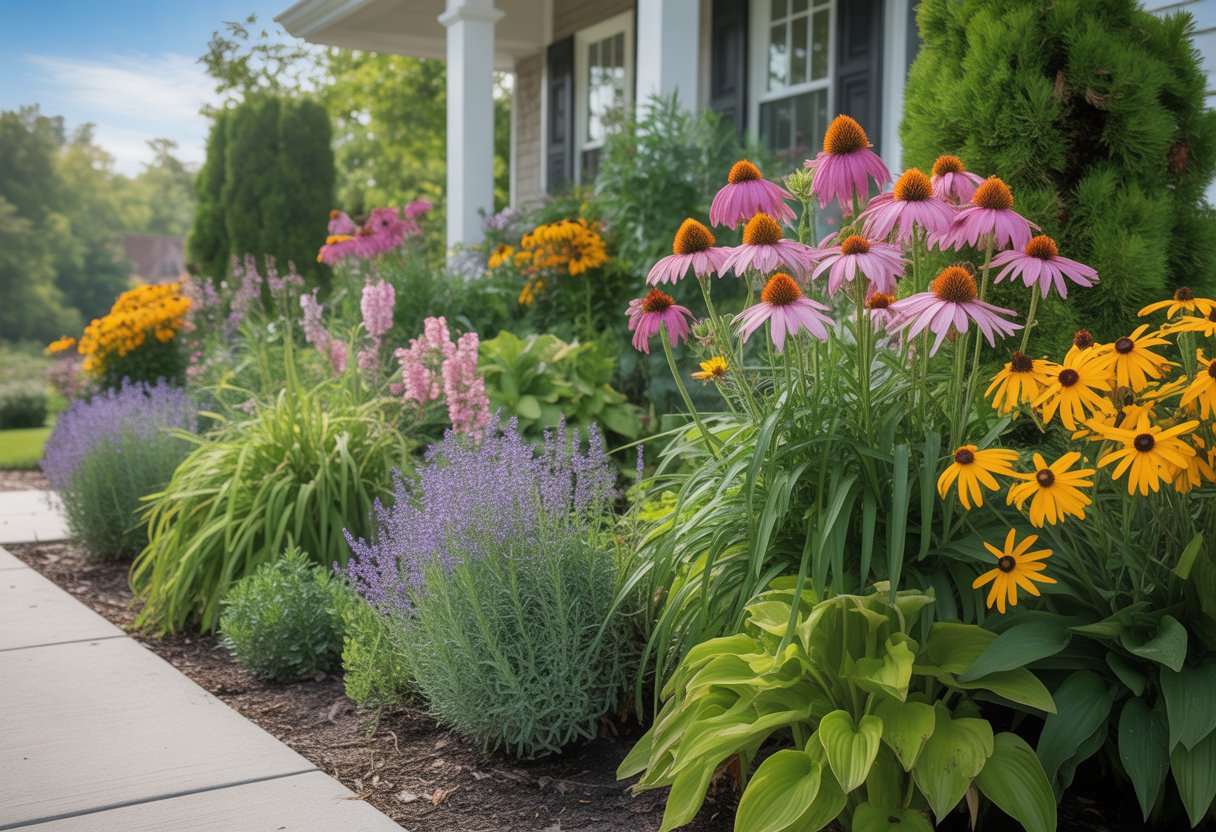
Many front yard perennials give you something to look at in every season. Plus, they help pollinators and really pull your whole landscape together.
Plants like coneflowers, hostas, and daylilies stand out for their toughness and good looks. They make your home’s entrance feel more welcoming, and you won’t have to keep replanting every season.
Mixing different kinds of perennials balances out bloom times and foliage textures. That way, your front yard stays interesting through the year, not just in spring.
Choosing the Best Perennials for Front Yards
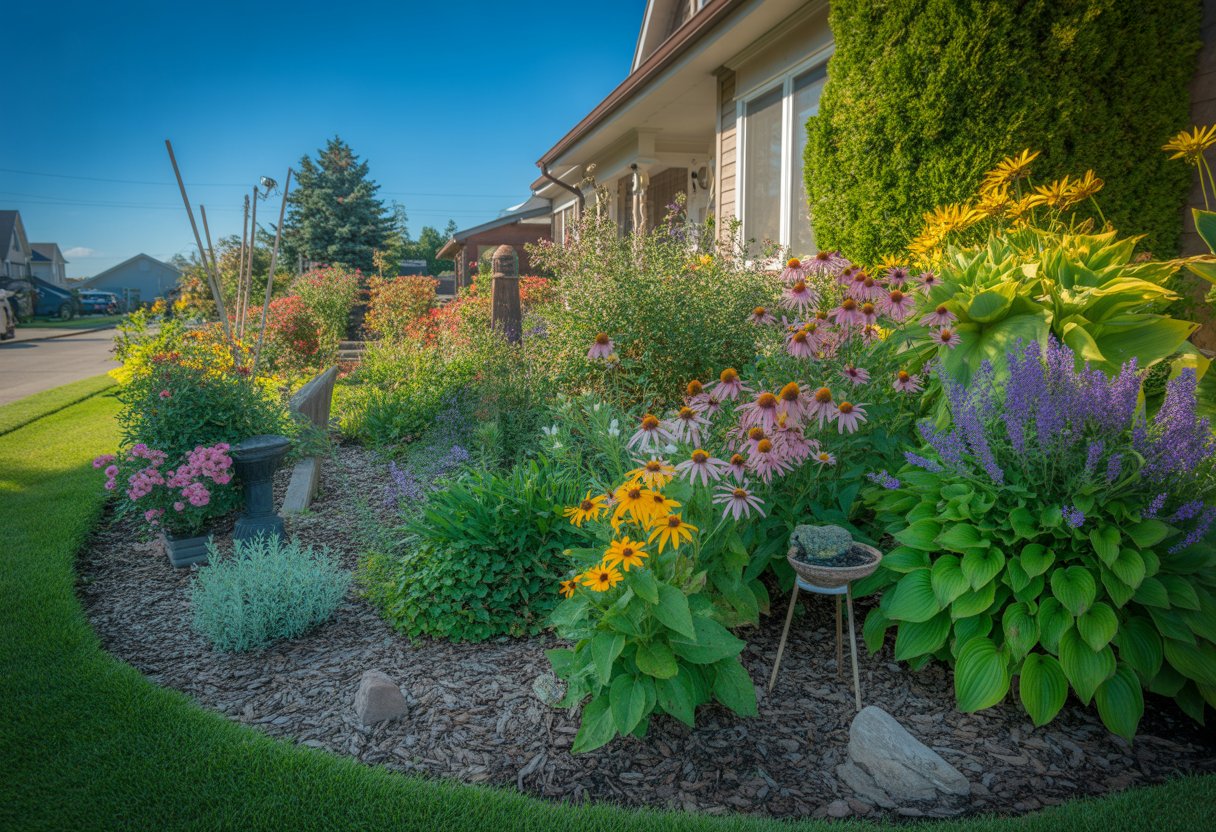
Picking perennials for your front yard means thinking about your environment, your style, and how much time you want to spend on yard work. If you get those right, you’ll have healthy plants that make your space look and feel better.
Factors to Consider: Climate, Color, and Maintenance
Start with climate. Your perennials need to handle whatever your local weather throws at them.
If you live where summers get brutal, grab heat-tolerant varieties. Cold-hardy types are a must for chillier zones.
Color matters, too. Try mixing shades that go well with your house and other plants. Want to make a statement? Reds and purples pop. Prefer something softer? Pastels work great.
Maintenance is another biggie. Daylilies and sedum barely need attention—a lifesaver for busy folks. Some others want more deadheading or pruning, which, honestly, can get old fast.
Understanding Sunlight and Soil for Optimal Growth
Sunlight makes or breaks most perennials. Some want full sun—think six hours or more. Others do fine with partial sun or even full shade.
Match the plant to the spot, or you’ll end up with sad, scorched leaves or stunted growth.
Soil’s just as important. Good drainage keeps roots happy and rot-free. Test your soil pH if you can; asters like it a little acidic, while sedums are cool with rougher soil.
Mixing in compost or other organic matter can make a huge difference. Healthier soil means stronger roots and plants that bounce back from rough patches.
Seasonal Interest and Year-Round Beauty
Some perennials keep your yard looking lively all year. Spring bulbs like tulips pop up early, then summer stars like coneflowers take over.
When fall rolls in, asters and chrysanthemums bring color just as everything else fades.
Evergreens, like boxwood or ornamental grasses, stick around when flowers call it quits. They fill out the garden in winter, so things never look totally bare.
If you stagger bloom times, you’ll always have something fresh to see. Even when flowers are gone, leaf color or interesting seed heads can keep things from feeling flat.
Top Perennial Plants for Stunning Front Yard Landscapes
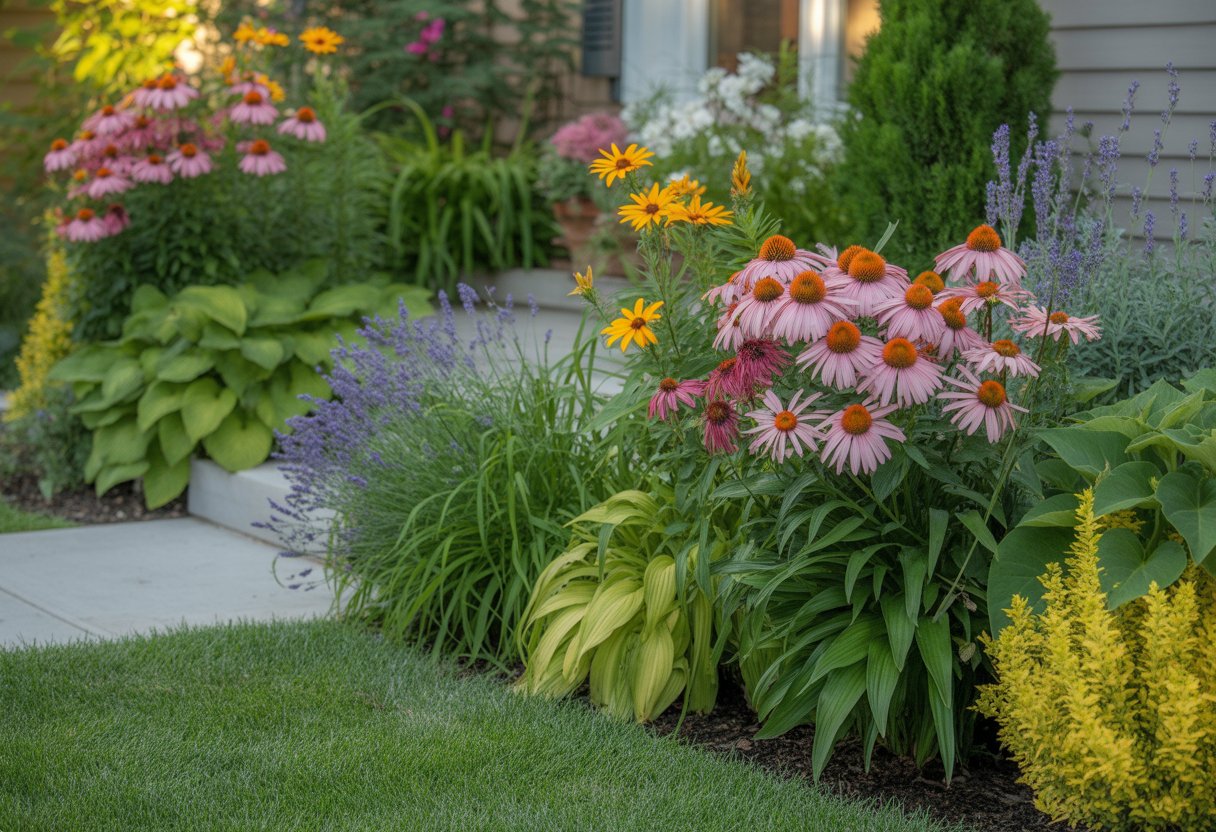
A great front yard needs plants that look good, don’t ask for too much, and fit your conditions. The right perennials can really boost curb appeal, help pollinators, and fit whatever style you’re after.
Popular Flowering Perennials for Vibrant Curb Appeal
Flowering perennials like phlox, shasta daisy, and coreopsis bring steady color to your front yard. Phlox has bold clusters that really draw the eye, especially in cottage-style gardens.
Shasta daisies give you those classic white petals and yellow centers—perfect for borders or rock gardens.
Roses and hydrangeas lend structure and a touch of elegance. Roses come in all shapes and scents if you’re willing to prune them now and then. Hydrangeas show off big, dramatic blooms and do well in sun or part shade.
Coreopsis is a winner for long-lasting yellow flowers and barely any fuss. It’s great for planting along walkways.
Shade-Loving Perennials for Front Yard Versatility
Got a shady spot? Try hosta, heuchera, or astilbe. Hosta stands out for its wild mix of leaf shapes and colors—tough to beat in a dark corner.
Heuchera adds a splash of color with its leaves and sends up little flower spikes for bonus interest.
Astilbe’s feathery blooms come in pink, white, or red, and it does great under trees or on those tricky north-facing slopes. These plants help you layer your garden, filling in those spots where sun-lovers just won’t work.
Drought-Tolerant and Low-Maintenance Options
If you want to water less, go for lavender, yarrow, or false indigo. Lavender smells amazing, sports purple flowers, and brings in the good bugs.
Yarrow shrugs off drought and poor soil, with flat-topped blooms in white or yellow that add texture.
False indigo stands tall with blue flowers, isn’t bothered by deer, and handles dry spells like a champ. Once these guys settle in, you won’t need to fuss over them much.
Attracting Pollinators with Perennial Choices
Want more butterflies or hummingbirds? Add bee balm, milkweed, or salvia. Bee balm has red, pink, or purple flowers that pull in pollinators, especially in cottage or rock gardens.
Milkweed is a must for monarch butterflies and thrives in sunny spots out front.
Salvia’s blue or purple spikes are pollinator magnets and super easy to grow in just about any soil.
These choices do double duty—good for the environment and easy on the eyes.
Design Tips for Creating an Inviting Front Yard with Perennials
A welcoming front yard comes down to smart plant choices and thoughtful layout. Paying attention to color, texture, and how things change with the seasons can really boost curb appeal.
Front Yard Design Principles and Plant Layout
Start your design with a layout that guides people in and spotlights the best parts of your yard. Arrange perennials by their eventual size and sun needs so you don’t end up with a jungle.
Border paths and entryways with plants that stay neat and look good year-round. Put taller stuff at the back or near the house, with shorter plants framing walkways or the foundation.
Give everything enough space to breathe. Evergreens add backbone and year-round interest, helping your garden look good even when flowers aren’t blooming.
Combining Colors, Textures, and Heights for Visual Appeal
Pick a color scheme that works with your house, but don’t be afraid of contrast. Two or three main colors with a couple of accents usually look best—too many, and things get messy.
Mix up textures, from fine, airy leaves to big, smooth ones. That adds depth and keeps the eye moving.
Layer your plants by height, from tall in the back to low in front. This draws attention to your home’s best features and makes the garden feel more inviting.
Honestly, there’s no single right way—just experiment and see what feels good. Sometimes the quirks end up being the most charming part.
Creating Year-Round Interest with Layered Plantings
Layered plantings stretch seasonal interest by combining perennials that bloom at different times. Early bulbs pop up before spring bloomers, and late-season flowers or seed heads bring in texture as fall rolls around.
Evergreens and ornamental grasses lend structure during winter, so you’re not left staring at empty patches. Mixing plants with different leaf colors and shapes keeps the garden lively, even when the blooms have called it quits.
If you plan your layers with staggered maintenance in mind, the front yard stays inviting—without demanding nonstop attention. That’s a win for anyone who wants a welcoming look year-round but doesn’t want to spend every weekend digging in the dirt.

